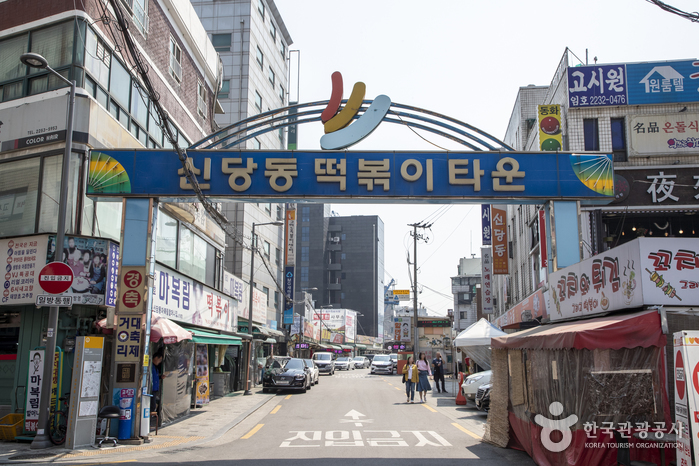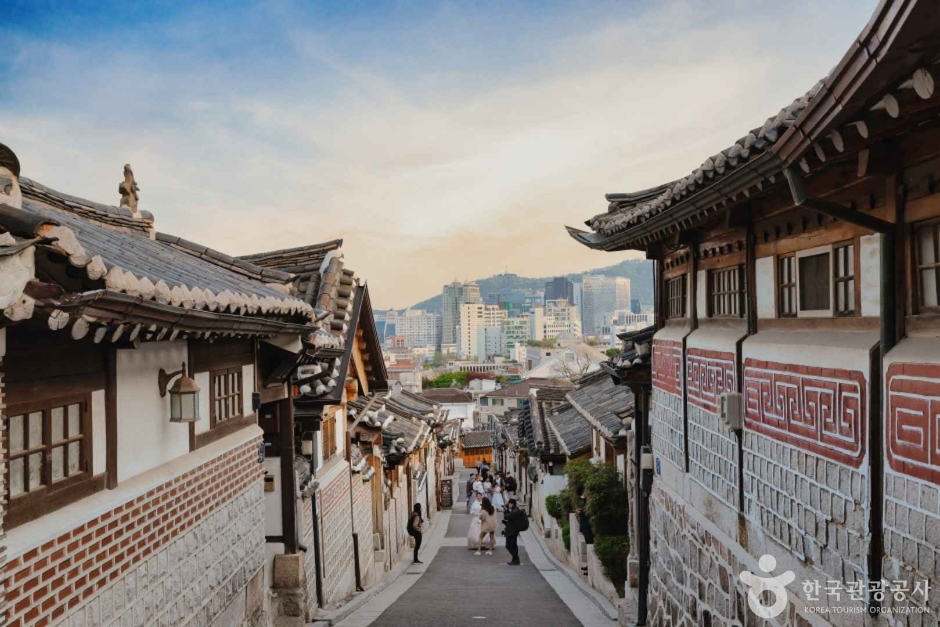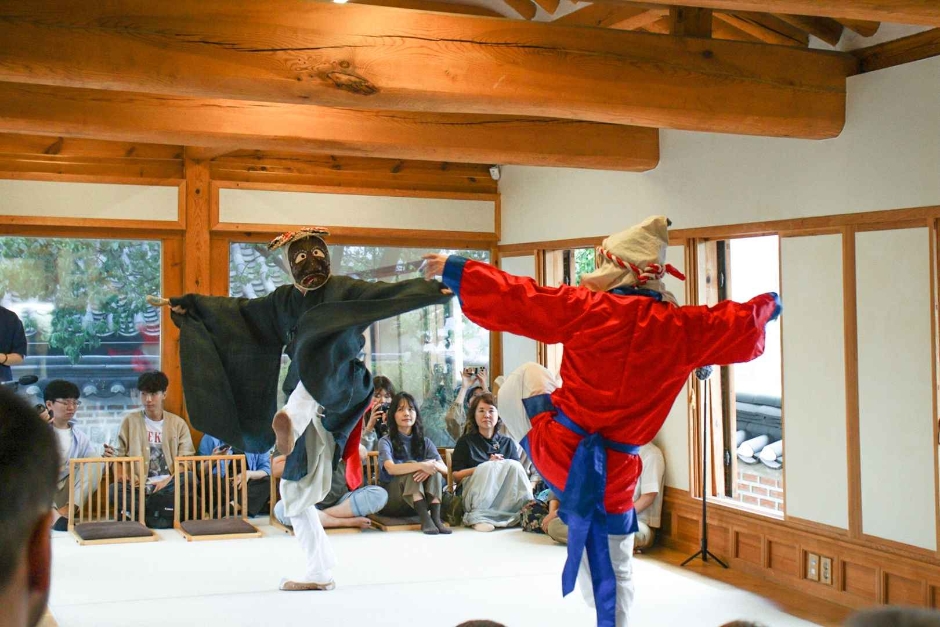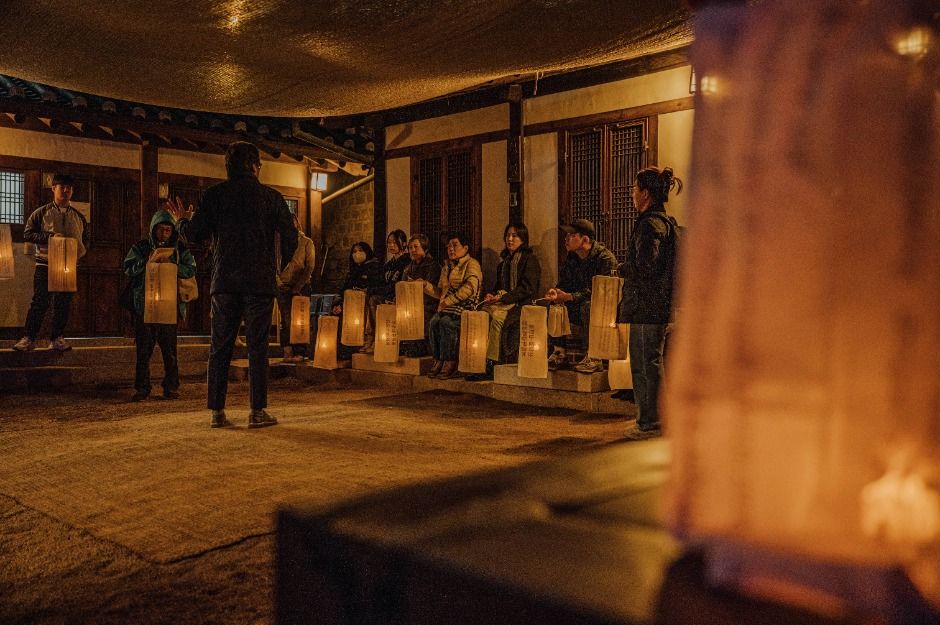Olens - Dongdaemun Branch [Tax Refund Shop] (오렌즈 동대문)
18.8Km 2024-04-16
1F, 251, Jangchungdan-ro, Jung-gu, Seoul
-
Olive Young - Dongdaemun History & Culture Park Branch [Tax Refund Shop] (올리브영 동대문역사문화공원역)
18.8Km 2024-04-18
251, Jangchungdan-ro, Jung-gu, Seoul
-
Samgyeopsal Jeonmunjeom Daetongnyeong (삼겹살전문점대통령)
18.8Km 2024-03-11
249-24, Jangchungdan-ro, Jung-gu, Seoul
+82-2-2277-2276
This restaurant offers grilled pork that has been aged in bamboo tubes, a process that tenderizes the meat and removes any gamey odor from the Samgyeopsal (Grilled pork belly). The meat is served with kimchi, vegetable wraps, and side dishes. Kkotgedoenjangjjigae (Blue crab soybean paste jjigae) and Naengmyeon (Cold buckwheat noodles) also pair well with the pork. This establishment is an excellent choice for enjoying Samgyeopsal (Grilled pork belly) at affordable prices.
London Bagel Museum Anguk Main Store (런던베이글뮤지엄 안국점)
18.8Km 2024-02-20
20 Bukchon-ro 4-gil, Jongno-gu, Seoul
London Bagel Museum is a bagel specialty shop adorned with a wooden-tone interior and a garland in the shape of the British flag. The bagels are made using the traditional British method of fermenting the dough, boiling it, and then baking it in the oven. Jambon butter sandwich bagel, made with sesame bagel filled with ham and butter, is a signature menu item.
Sindang-dong Tteokbokki Town (신당동떡볶이골목)
18.8Km 2022-10-25
10-18, Dasan-ro 33-gil, Jung-gu, Seoul
+82-2-2236-9135
Sindang-dongTteokbokki Town started in the late '70s, although the alley did not become famous until the '80s. At that time, each restaurant had its own DJ booth, with the image of the "cool DJ" who played the music becoming a symbol of Sindang-dong Tteokbokki Town. In addition, this period also marked the prime time of high school baseball where students would crowd the streets on days when Duksoo Commercial High School and Sunrin Commercial High School (now Sunrin Internet High School) played against one another. Although these high school students have aged, they continue to visit the area, reliving their youth and continuing to indulge in the specialty tteokbokki.
However, some claim the history of this alley began in the 1950s. The owner of Mabongnim Halmeoni Tteokbokki restaurant says tteokbokki was being sold as early as 1953 as the area used to be home to Donga Theater and she sold tteokbokki, corn and potatoes to those visiting the theater. At first, tteokbokki was simply made with gochujang (red chili paste) but as time went by, cooks decided the dish could be more than just a snack. By adding ingredients like eggs, cellophane noodles, fish cakes, instant noodles and more recently squid, prawn and cheese, tteokbokki can be made more delicious and turns this beloved snack into a full meal.
Bukchon Hanok Village (북촌한옥마을)
18.8Km 2025-06-19
37 Gyedong-gil, Jongno-gu, Seoul
Surrounded by Gyeongbokgung Palace, Changdeokgung Palace and Jongmyo Shrine, Bukchon Hanok Village is home to hundreds of traditional houses, called hanok, that date back to the Joseon dynasty. The name Bukchon, which literally translates to "northern village," came about as the neighborhood lies north of two significant Seoul landmarks, Cheonggyecheon Stream and Jongno. Today, many of these hanoks operate as cultural centers, guesthouses, restaurants and tea houses, providing visitors with an opportunity to experience, learn and immerse themselves in traditional Korean culture. As Bukchon Hanok Village is an actual neighborhood with people's homes, visitors are advised to be respectful at all times while looking around.
Samjungbokjip (삼정복집)
18.8Km 2020-01-30
626, Bongeunsa-ro, Gangnam-gu, Seoul
+82-2-3447-3030
Samjung is the first and oldest Korean blowfish specialty restaurant. It has been serving raw blowfish courses for 3 generations. The chefs are quite skilled, able to detoxify a blowfish and serve it up to eat in just five minutes.
Seoul Public Hanok Week (공공한옥주간)
18.8Km 2024-05-24
37 Gyedong-gil, Jongno-gu, Seoul
+82-2-741-1033
The Seoul Public Hanok Week offers a full week of traditional culture at public hanok, traditional Korean buildings, throughout Seoul and Bukchon Hanok Village. Experience the beauty, charm, and history of these buildings while learning about the eco-friendly impact of their construction and methods to apply this to our modern lives.
Public Hanok Night Out (공공한옥 밤마실)
18.8Km 2025-06-10
37 Gyedong-gil, Jongno-gu, Seoul
+82-2-741-1033
Public Hanok Night Out is a special evening event that allows limited access to the nine public hanok buildings, including the Bukchon Culture Center, after sundown. The event is carefully prepared to make the hanok buildings accessible as much as possible. In addition, the event also offers a variety of programs to entertain the visitors. The event aims to raise awareness about embracing differences and diverse values during this time of ever-changing global society, as well as expand the the cultural values of hanok as something more unique.

![Olens - Dongdaemun Branch [Tax Refund Shop] (오렌즈 동대문)](http://tong.visitkorea.or.kr/cms/resource/81/2887981_image2_1.jpg)
![Olive Young - Dongdaemun History & Culture Park Branch [Tax Refund Shop] (올리브영 동대문역사문화공원역)](http://tong.visitkorea.or.kr/cms/resource/10/2889310_image2_1.jpg)




 English
English
 한국어
한국어 日本語
日本語 中文(简体)
中文(简体) Deutsch
Deutsch Français
Français Español
Español Русский
Русский